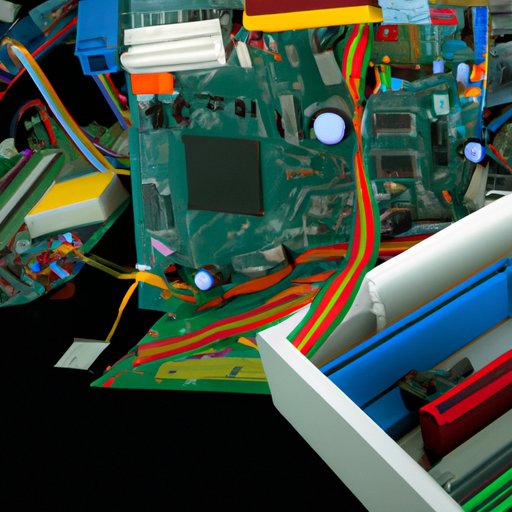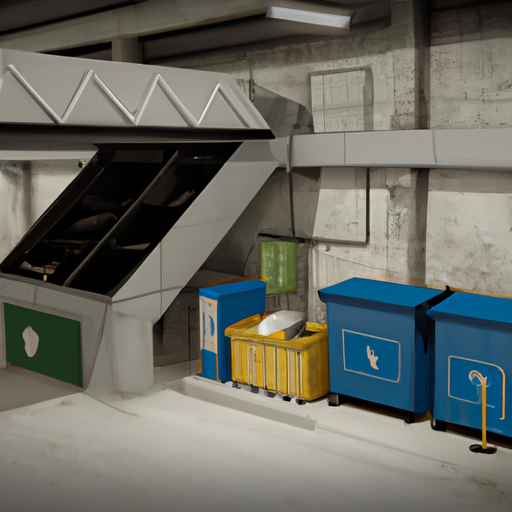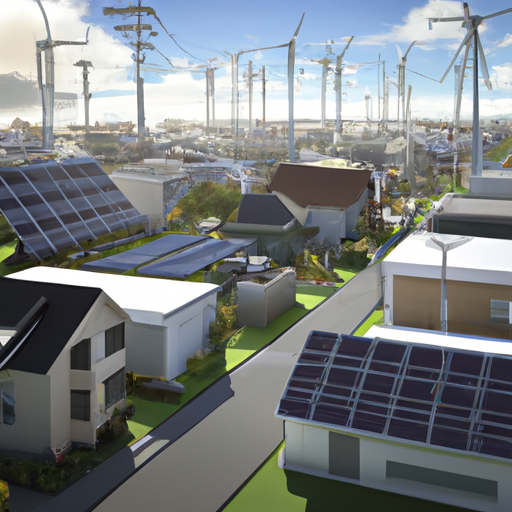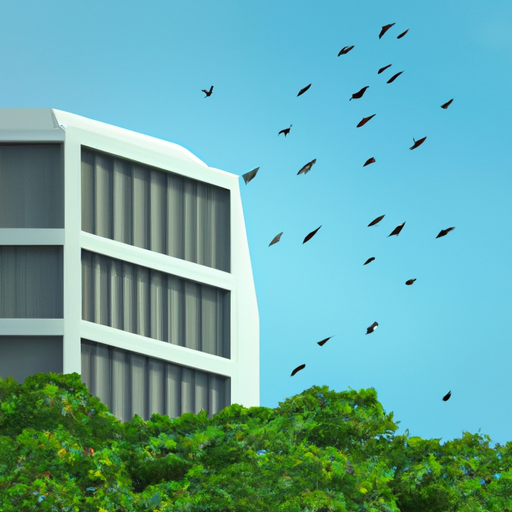The circular economy is fundamentally changing how businesses approach resource use and waste management. Companies worldwide are adopting innovative methods to eliminate waste and maximize resource efficiency. These transformative practices are creating new business opportunities while significantly reducing environmental impact.

The circular economy represents a paradigm shift in how we think about production, consumption, and waste. Moving away from the traditional linear model of 'take-make-dispose,' businesses and communities are increasingly embracing circular principles that view waste as a valuable resource. This transformation is not just an environmental imperative but also a significant economic opportunity.
At its core, the circular economy is based on three fundamental principles: designing out waste and pollution, keeping products and materials in use, and regenerating natural systems. This approach requires rethinking everything from product design and manufacturing processes to business models and consumer behavior.
Product design plays a crucial role in the circular economy. Companies are increasingly adopting Design for Circularity (DfC) principles, creating products that are easier to repair, refurbish, and recycle. This includes using modular designs, selecting materials that can be easily separated and recycled, and eliminating toxic substances that complicate recycling processes.
Manufacturing processes are being reimagined to minimize waste and maximize resource efficiency. Advanced technologies like 3D printing enable on-demand production, reducing excess inventory and associated waste. Companies are also implementing closed-loop systems where manufacturing waste is captured and reused in the production process.
The sharing economy is emerging as a key component of circular systems. From tool libraries to fashion rental services, businesses are finding success in providing access rather than ownership. This shift reduces the number of products needed while ensuring higher utilization rates for existing items.
Waste management is being transformed through innovative technologies and processes. Advanced sorting systems use artificial intelligence and robotics to improve recycling efficiency. Biological waste is being converted into valuable products through processes like anaerobic digestion and composting, while chemical recycling technologies are tackling previously unrecyclable materials.
New business models are emerging to support circular economy principles. Product-as-a-service models, where manufacturers retain ownership and responsibility for their products throughout their lifecycle, are becoming more common. This approach incentivizes companies to design for durability and recyclability while providing customers with better service and lower total costs.
The food industry is embracing circular principles to address the significant challenge of food waste. Companies are finding innovative ways to use food byproducts, creating new products from what was previously considered waste. For example, spent grain from brewing is being converted into flour, while fruit pulp from juice production is being used in snack foods.
Construction and demolition, traditionally major sources of waste, are being revolutionized through circular practices. Buildings are increasingly designed for future disassembly, while construction materials are being developed from recycled content. Some companies are even creating databases of available recycled materials to facilitate their reuse in new projects.
Textile recycling is advancing through new technologies and business models. Chemical recycling processes can now separate blended fabrics into their constituent fibers, while some brands are implementing take-back programs to ensure their products are properly recycled at end-of-life. The growth of the secondhand market is also extending the life of clothing items.
Digital technologies are enabling better tracking and management of materials throughout their lifecycle. Blockchain and other tracking technologies help companies maintain transparency in their supply chains and verify the authenticity of recycled materials. Digital platforms are also facilitating the exchange of secondary materials between businesses.
However, transitioning to a circular economy requires overcoming significant challenges. These include developing new infrastructure, changing consumer behavior, and creating supportive policy frameworks. Investment in research and development is also crucial to advance the technologies needed for effective recycling and remanufacturing.
Despite these challenges, the momentum behind the circular economy continues to grow. As more businesses demonstrate the economic benefits of circular practices, and as consumers increasingly demand sustainable products, the transformation of our economy from linear to circular becomes not just possible but inevitable. The future of sustainable business lies in this fundamental reimagining of how we produce, consume, and think about waste.



